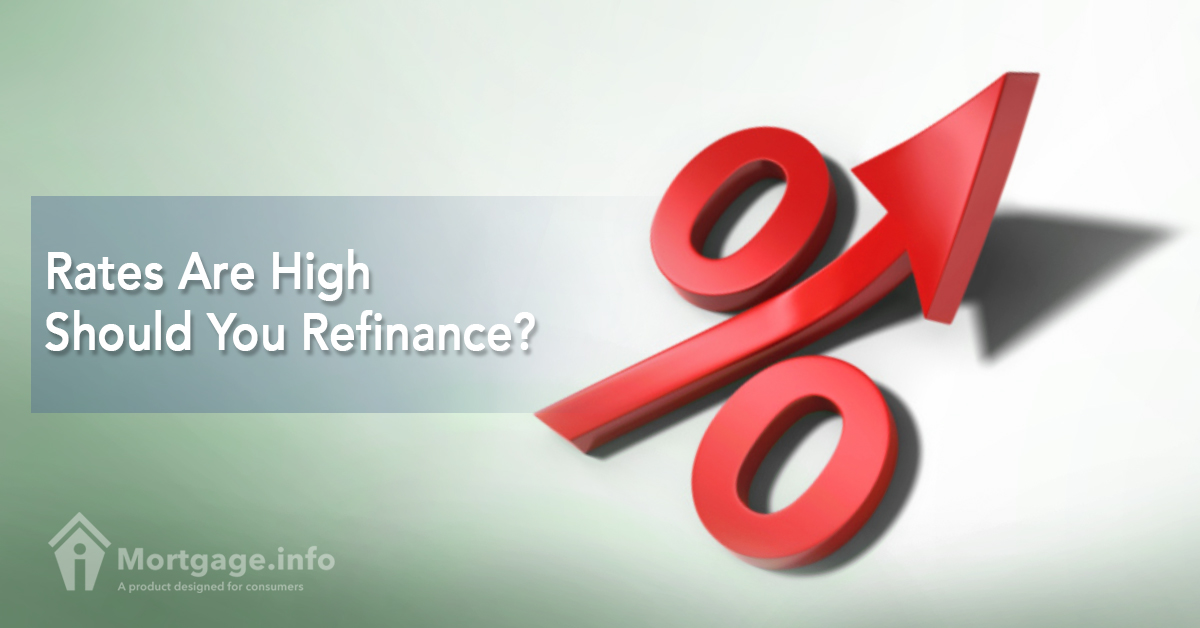It’s a rule almost etched in stone: refinance at a lower rate to realize savings. Apparently, there are instances when you refinance at a higher rate to achieve certain goals. Without realizing it, these goals are common in the refinancing world. Let’s peek into the instances when it’s justified to refinance to a higher rate.
1. Refinance to lower monthly payments.
You are able to do this by extending the term of your loan. Say you have a 30-year mortgage and have 10 years left to pay. Changes in income could require you to lower your monthly payments so you can continue paying your mortgage.
You thus apply for another 30-year loan at a higher rate. This adds 20 years to your mortgage but will lower your monthly payments. The cost of the higher rate is not felt as much because it gets spread out within the 30-year period.
2. Refinance to not make higher payments.
You are able to do this by switching from an adjustable-rate mortgage to a fixed-rate mortgage. ARM rates are lower than FRMs’ especially at the onset of the loan. After the teaser period expires, the ARM rate will reset and could go up.
To avoid the possibility of an increased monthly payment, you refinance to an FRM. In exchange for the higher rate, you are guaranteed from any potential rate increase and ensuing payment shock.
3. Refinance to get cash out.
You are able to do this by taking out a bigger loan amount to include the cash you need. Homeowners with a significant equity at home may be fond of this method to fund life’s major expenses.
Invariably, a cash-out refinance loan has a higher rate than that of a standard rate-and-term refinance. It may have something to do with the cash that you have withdrawn.
4. Refinance to get rid of private mortgage insurance.
You are able to do this by refinancing to remove the private mortgage insurance. A PMI is your tradeoff for making less than 20% of the purchase price. Fees on a PMI could equal 1% of the total loan amount.
One way to remove this mortgage insurance on conventional loans is refinancing, subject to these main requirements:
- An equity that is at least 20%.
- A seasoning requirement of two years.
It happens that you are able to meet those standards at a time when rates are higher. Refinancing to get rid of the PMI is a good strategy in itself for those with more than enough equity but does it make sense with a higher rate?
This is where you have to weigh which is more cost-effective: refinancing at a higher rate to remove the PMI or wait for it to be canceled or terminated by the lender and continue paying.
Indeed, refinancing remains a homeowner’s decision; there’s no textbook answer to that. Your own circumstances should tell you if your decision is financially sound. For additional guidance, speak with your lender or other mortgage professionals.

